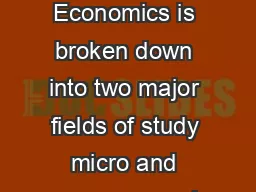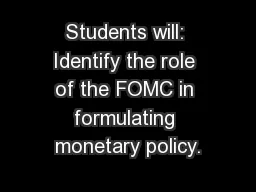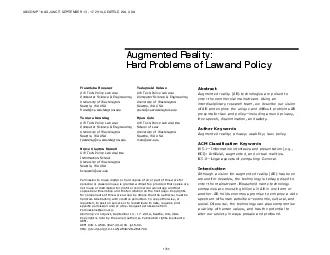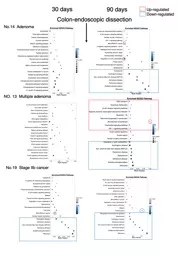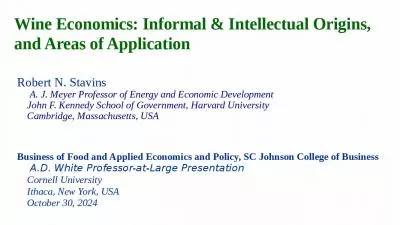PPT-The Upside-down Economics of Regulated and Otherwise Rigid Prices
Author : liane-varnes | Published Date : 2019-11-21
The Upsidedown Economics of Regulated and Otherwise Rigid Prices by Casey B Mulligan and Kevin K Tsui Types of price regulation Joint pricequantity regulation Conscription
Presentation Embed Code
Download Presentation
Download Presentation The PPT/PDF document "The Upside-down Economics of Regulated a..." is the property of its rightful owner. Permission is granted to download and print the materials on this website for personal, non-commercial use only, and to display it on your personal computer provided you do not modify the materials and that you retain all copyright notices contained in the materials. By downloading content from our website, you accept the terms of this agreement.
The Upside-down Economics of Regulated and Otherwise Rigid Prices: Transcript
Download Rules Of Document
"The Upside-down Economics of Regulated and Otherwise Rigid Prices"The content belongs to its owner. You may download and print it for personal use, without modification, and keep all copyright notices. By downloading, you agree to these terms.
Related Documents


